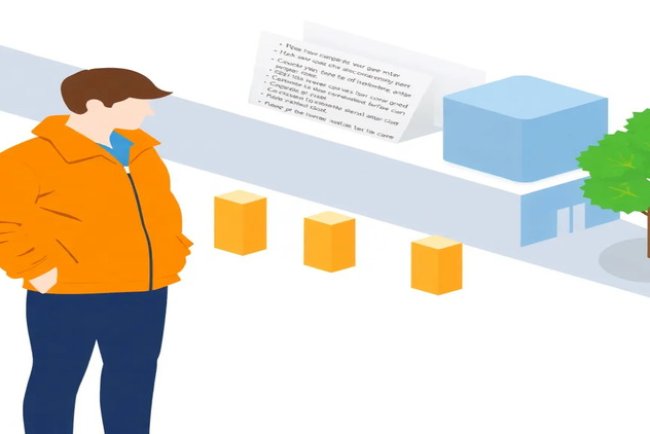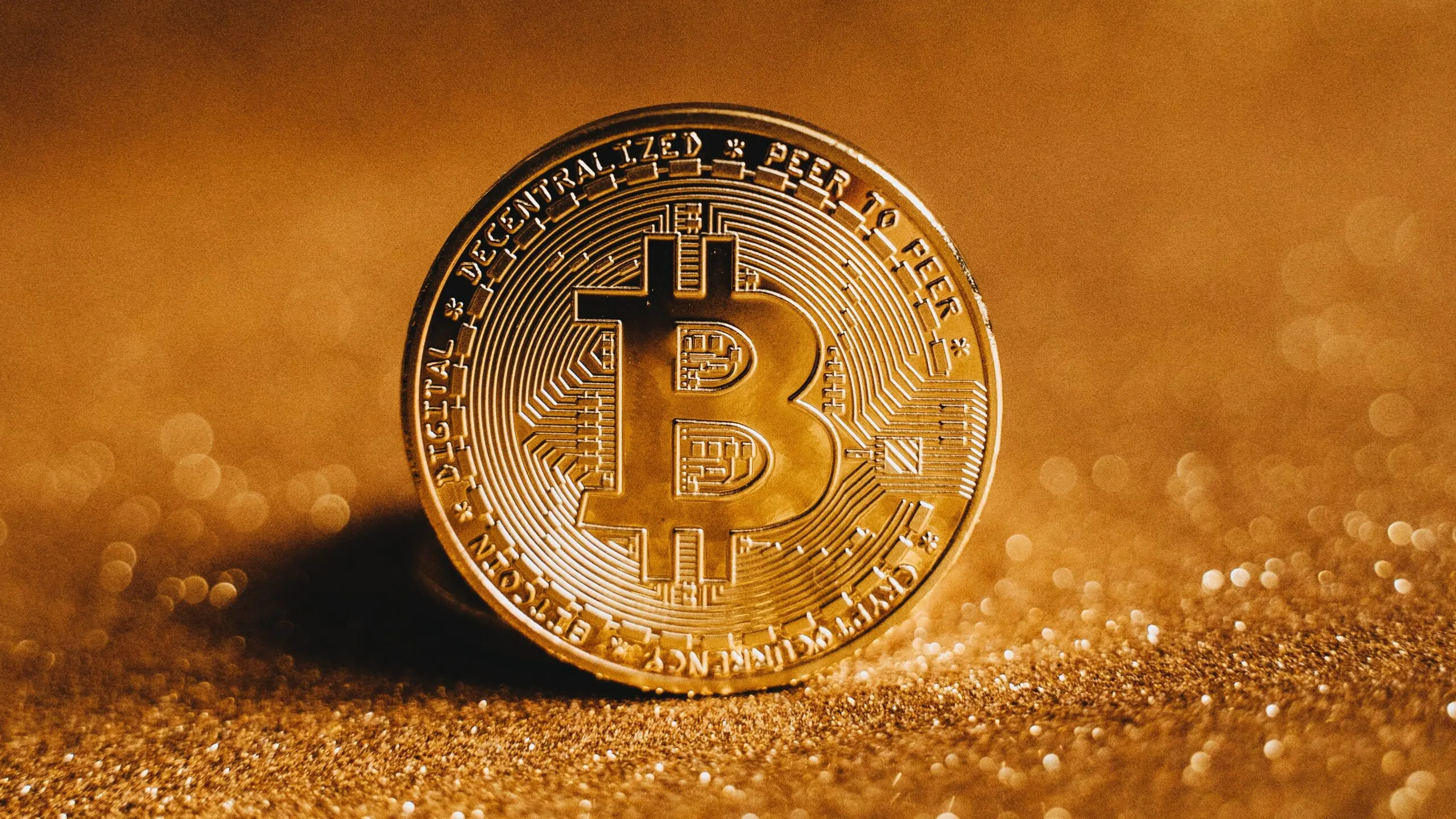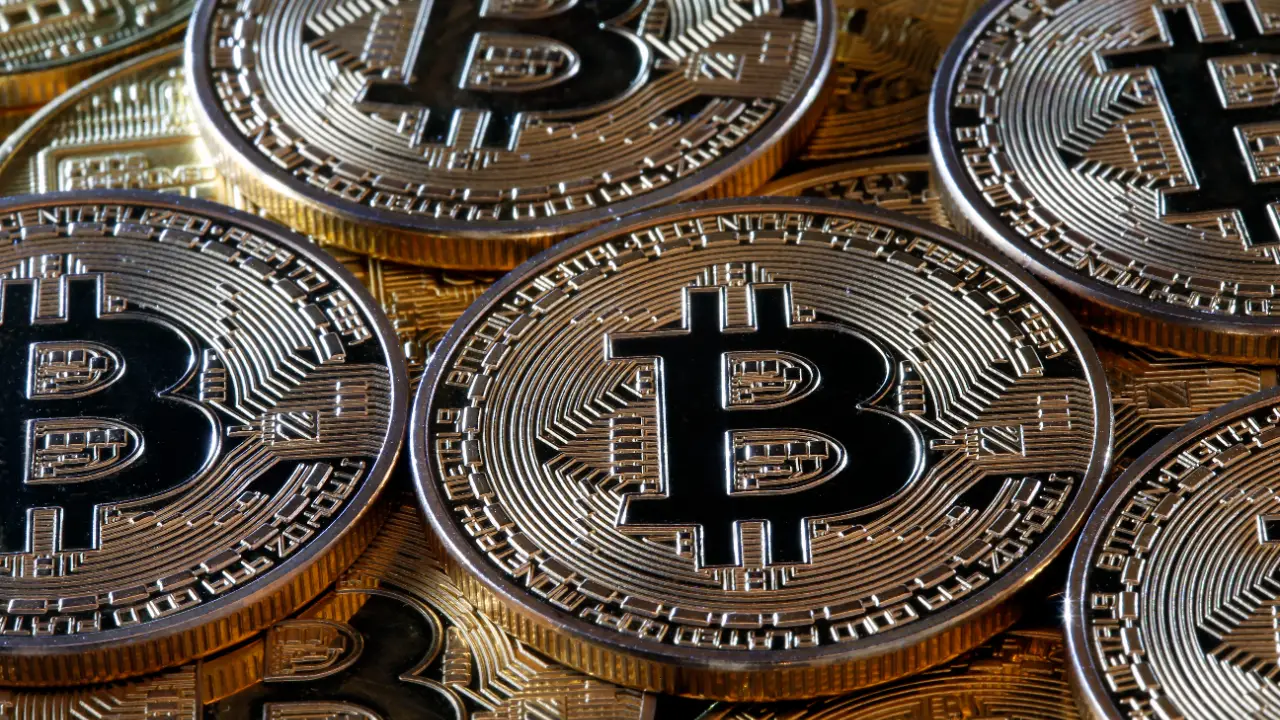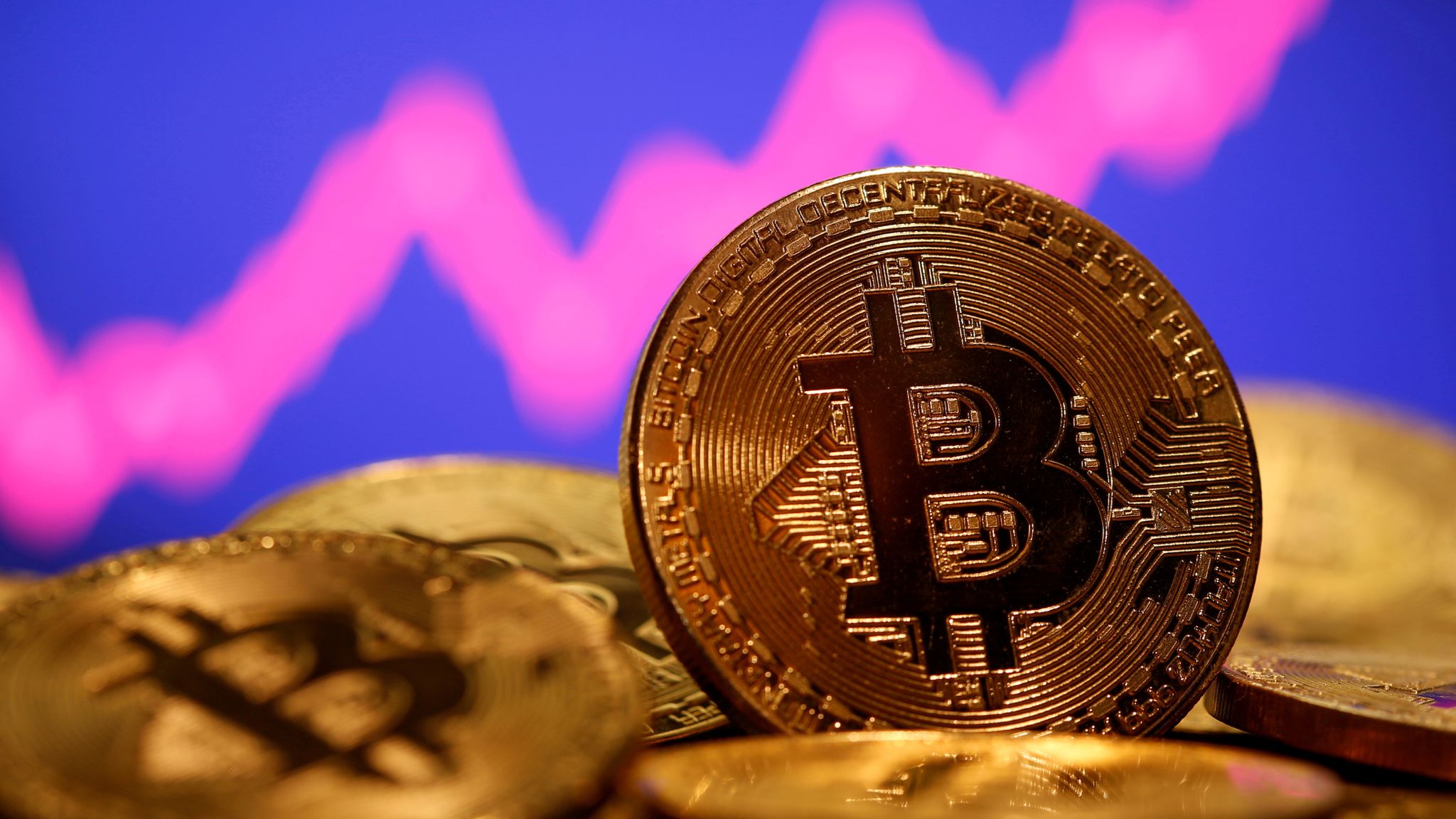Solana EVM Compatible and What Does It Actually Mean?
Explore the innovative world of Solana's EVM compatibility, a groundbreaking feature that allows Ethereum developers to seamlessly migrate their decentralized applications to the Solana blockchain.
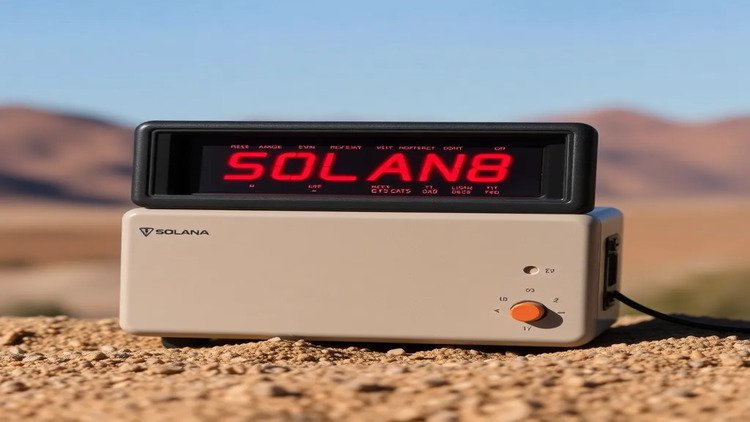
Understanding Solana's EVM Compatibility
Solana has introduced a compatibility layer that allows Ethereum developers to seamlessly migrate their decentralized applications (dApps) to its blockchain without needing to alter any code. This feature is facilitated by the Neon EVM, a layer 2 solution that enables the execution of Ethereum-based smart contracts on the Solana network.
Key Features of Solana's EVM Compatibility:
-
High Transaction Speed: Solana's blockchain can process up to 65,000 transactions per second, significantly outpacing Ethereum's 15 transactions per second. This scalability is crucial for developers looking to build high-performance applications.
-
Interoperability Benefits: The EVM compatibility allows Ethereum developers to leverage Solana's ecosystem, which includes a vibrant community, decentralized finance (DeFi) platforms, and non-fungible token (NFT) marketplaces. This opens up new opportunities for innovation and collaboration.
-
Familiar Development Tools: Developers can continue using popular tools such as MetaMask, Truffle, and Waffle, ensuring a smooth transition and maintaining productivity.
-
Efficient Smart Contract Adaptation: Existing Ethereum dApps can be ported to Solana's environment without the need for extensive reconfiguration, making it easier for developers to expand their reach.
-
Cost-Effective Solutions: The Solana EVM reduces gas fees and development costs, making it an attractive option for developers and users alike.
The Role of Neon Labs:
Neon Labs is the driving force behind the Neon EVM, which serves as a bridge between Ethereum and Solana. This cross-chain solution allows developers to harness Solana's advantages while maintaining compatibility with Ethereum's standards.
Getting Started with Neon EVM:
To begin using the Neon EVM, developers can set up MetaMask and connect to the NeonEVM devnet. Resources such as the Neon EVM documentation and NeonFaucet are available to assist in the onboarding process.
Solana's EVM compatibility represents a significant advancement in the blockchain landscape, merging the strengths of Ethereum with Solana's efficiency. This development not only enhances the user experience but also fosters a more interconnected blockchain ecosystem, paving the way for future innovations.
FAQ:
1. What is Solana's EVM compatibility?
Solana's EVM compatibility allows developers to run Ethereum-based smart contracts on the Solana blockchain without needing to change the original code. This is made possible through the Neon EVM, a layer 2 solution that facilitates interoperability between the two networks.
2. Why is EVM compatibility important?
EVM compatibility is crucial because it enables Ethereum developers to leverage Solana's high transaction speeds and lower fees while using familiar development tools and frameworks. This opens up new opportunities for building and scaling decentralized applications (dApps).
3. How fast is Solana compared to Ethereum?
Solana can process up to 65,000 transactions per second, significantly faster than Ethereum, which can handle around 15 transactions per second. This scalability makes Solana an attractive option for developers looking to create high-performance applications.
4. What tools can developers use with the Neon EVM?
Developers can continue using popular Ethereum development tools such as MetaMask, Truffle, and Waffle. This familiarity helps streamline the process of migrating dApps to the Solana network.
5. Can I migrate my existing Ethereum dApps to Solana?
Yes, existing Ethereum dApps can be ported to Solana using the Neon EVM with minimal modifications. This allows developers to reach a broader audience while benefiting from Solana's advantages.
6. What are the cost benefits of using Solana's EVM compatibility?
Solana's EVM compatibility significantly reduces gas fees and development costs compared to Ethereum, making it more cost-effective for both developers and users.
7. Who is behind the Neon EVM?
Neon Labs is the organization responsible for developing the Neon EVM, which serves as a bridge between the Ethereum and Solana ecosystems, enabling seamless interaction between the two.
8. How can I get started with the Neon EVM?
To get started, developers need to set up MetaMask and connect to the NeonEVM devnet. Comprehensive resources, including documentation and the NeonFaucet, are available to assist with the onboarding process.
9. What types of applications can benefit from Solana's EVM compatibility?
Any Ethereum-based decentralized application (dApp), including those in the realms of decentralized finance (DeFi), non-fungible tokens (NFTs), and gaming, can benefit from Solana's EVM compatibility.
10. Where can I learn more about Solana's EVM compatibility?
For more detailed information, developers can visit the official Neon EVM documentation and the Solana website, which provide resources and guides on using the EVM compatibility features.
What's Your Reaction?








